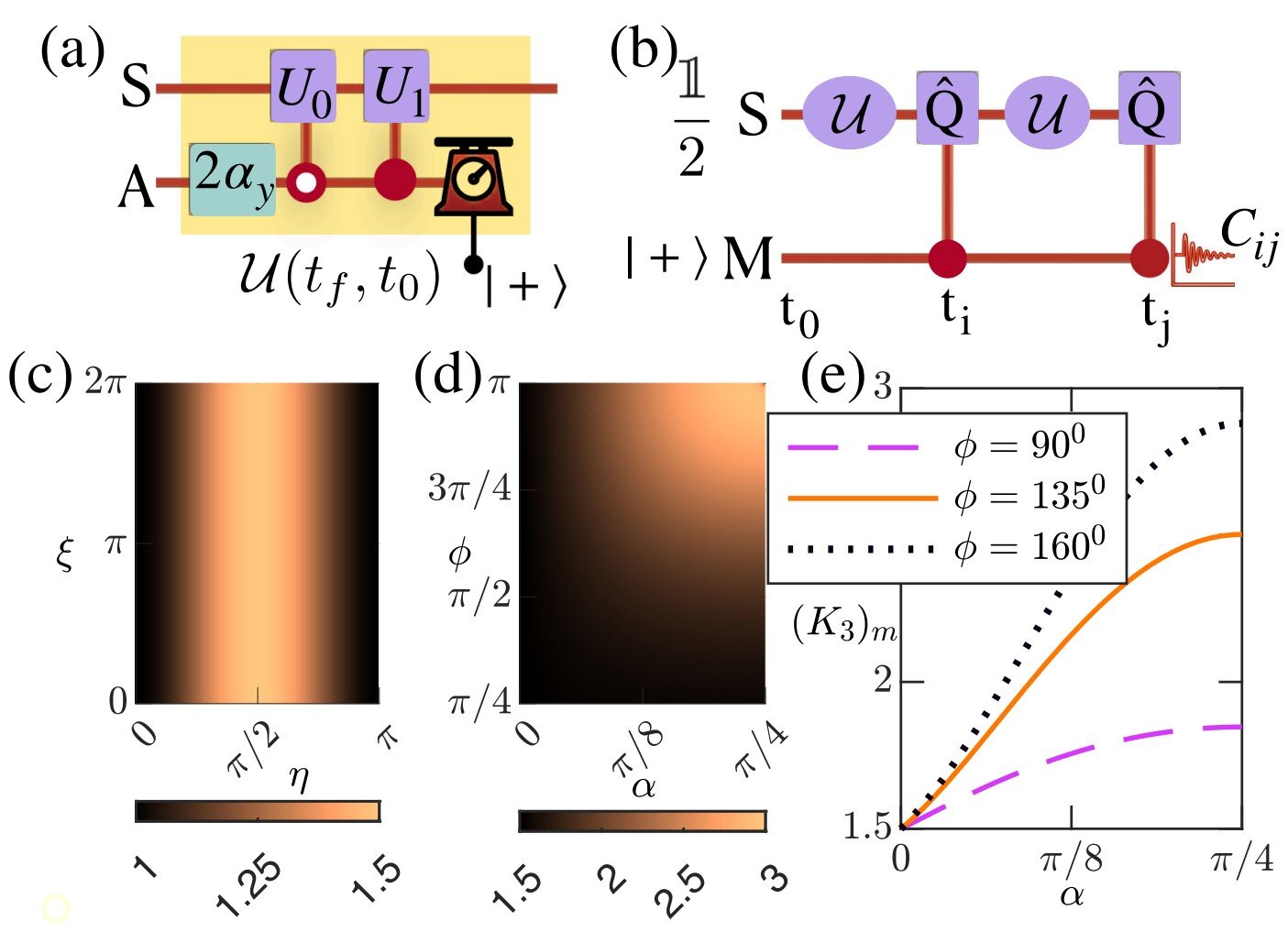# The First Vegetable Grown in Space: A Journey Through Microgravity Gardening
Growing food in space has been a fascinating endeavor for scientists and astronauts alike. The journey began in the 1990s with the humble potato, marking a significant milestone in our exploration of agriculture beyond Earth.
## The Pioneer: Potatoes in Space
– **Initial Experiments**: In the 1990s, researchers successfully grew potatoes in microgravity conditions. This groundbreaking experiment demonstrated that tubers could develop and thrive even in the unique environment of space.
– **Importance**: The success of potatoes in space was crucial not just for understanding plant biology but also for envisioning sustainable food sources for future space missions.
## Advancements in Space Gardening
Following the potato experiments, there were several exciting developments in space agriculture:
– **Lettuce on the ISS**: Astronauts aboard the International Space Station (ISS) took the next step by cultivating and consuming red romaine lettuce. This achievement showcased the potential for growing leafy greens in space, an essential food source for long-duration missions.
– **Plant Adaptation**: These experiments have provided valuable insights into how plants adapt to microgravity, which is vital for creating self-sustaining food systems on future interplanetary missions.
## The Future of Space Agriculture
The successful cultivation of vegetables in space, from potatoes to lettuce, opens up exciting possibilities for human exploration beyond our planet. As we look toward future missions to Mars and beyond, the ability to grow food in space will be essential for ensuring the health and well-being of astronauts.
In summary, the journey of growing vegetables in space not only demonstrates our capability to adapt agriculture to new environments but also lays the groundwork for sustainable living in the cosmos. As research continues, the dream of self-sufficient food systems on distant planets becomes increasingly attainable.
